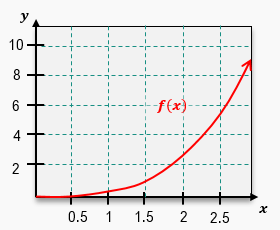Multiple Choice
Use three rectangles to approximate the area under the curve of from to using the midpoint rule.

 Verified step by step guidance
Verified step by step guidance
 7:59m
7:59mMaster Estimating the Area Under a Curve Using Left Endpoints with a bite sized video explanation from Patrick
Start learning
